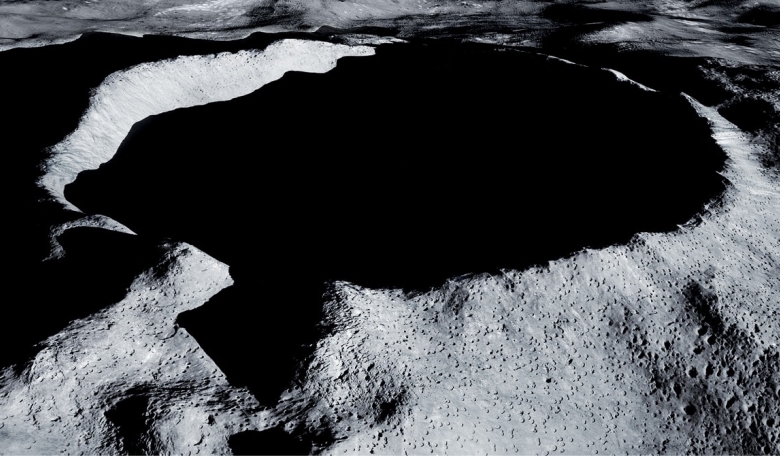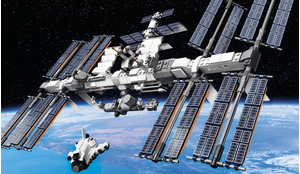One much-talked-about application associated with lunar exploration and development is the siting of a radio astronomical observatory on the far side of the Moon, where it would be shielded against interference from Earth. But could radio astronomy in scientifically critical areas on the lunar far side ever be safeguarded and might an investment fund backed by insurance be the answer?
Iconfess to being fanatical about radio astronomy. My hope is that scientists will always be able to probe and expand our understanding of the universe by installing long wave radio receiving stations in some of the best radio reception areas in the solar system. Now radio astronomy is making a comeback, it is time to make a start on safeguarding these scientifically critical areas - especially as lunar exploration is gathering pace again.
One of the first-choice sites could be Shackleton, a permanently shaded region (PSR) located close to the lunar south pole - despite receiving more diffracted radio interference from the earth than a true lunar far side location. Although an observatory in the PSR has a somewhat limited celestial view, it reduces any potential conflict with commercial development as research shows that there is little evidence of exposed ice here that could be mined for conversion to rocket propellant or drinking water for space colonisation.
Helium-3 - produced by the impact of solar wind on the lunar surface - is a potentially valuable isotope of helium that could be used in future fusion reactors. As the PSRs are shaded from the Sun, the surface material or ‘regolith’ is expected to contain less helium-3 than more exposed regions, which further diminishes the attraction of these regions to mining concerns.














